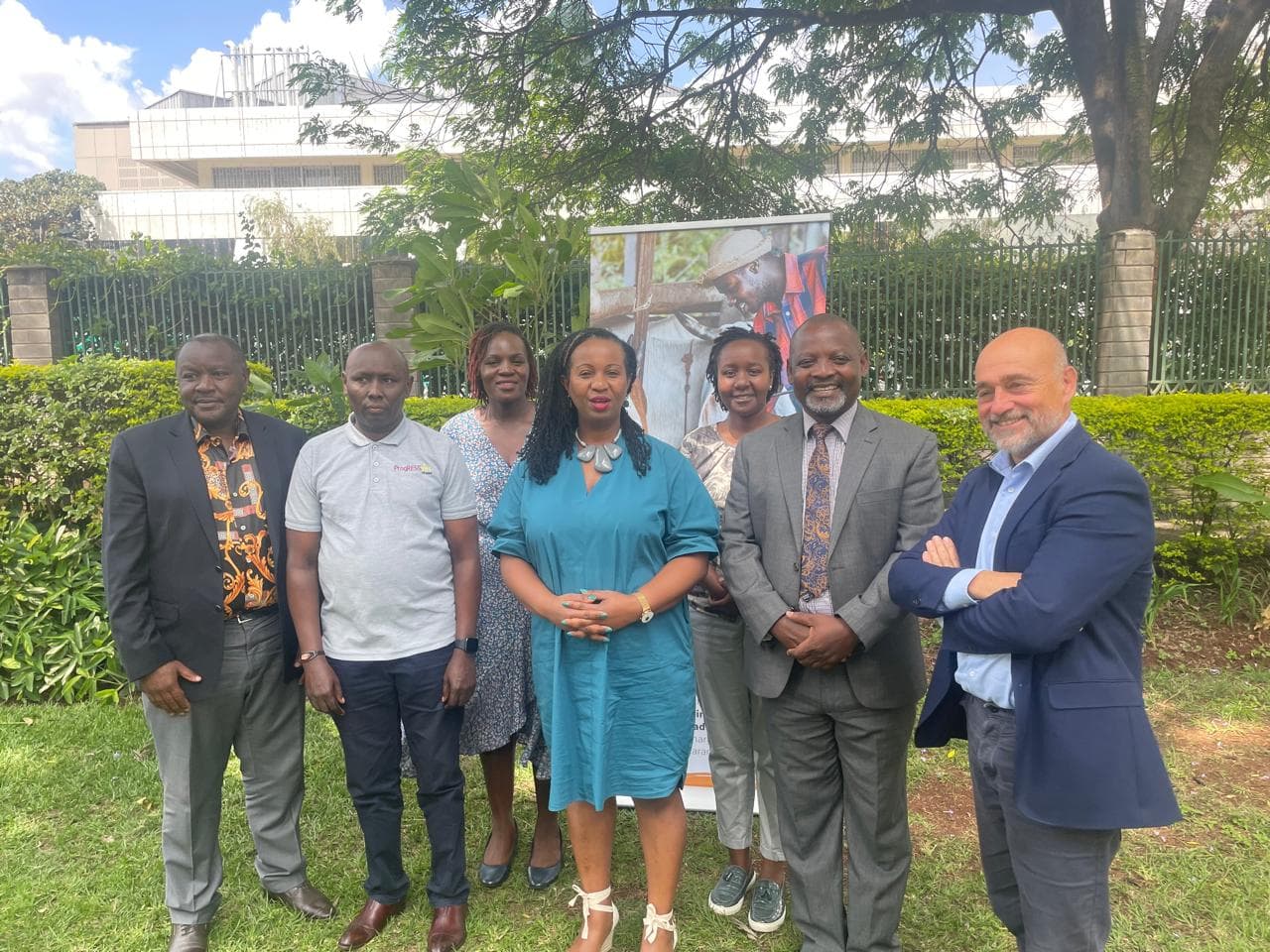Loading News Article...
We're loading the full news article for you. This includes the article content, images, author information, and related articles.
We're loading the full news article for you. This includes the article content, images, author information, and related articles.
A new national vaccination campaign targeting millions of cattle, sheep, and goats aims to eradicate trade-sensitive diseases, unlocking lucrative export markets and increasing farmer incomes.

NAIROBI—Kenya has initiated a significant national livestock vaccination campaign, a collaborative effort aimed at transforming the country's multi-billion shilling livestock sector. The drive, led by the Ministry of Agriculture in partnership with the Global Alliance for Livestock Veterinary Medicines (GALVmed) and the Kenya Veterinary Association (KVA), seeks to drastically increase immunization coverage for cattle, sheep, and goats against debilitating diseases. The primary targets are Foot and Mouth Disease (FMD) and Peste des Petits Ruminants (PPR), two transboundary animal diseases that have long hampered productivity and restricted Kenya's access to valuable international markets.
The government plans to vaccinate 22 million cattle and 50 million sheep and goats. This ambitious goal was announced by President William Ruto in late 2024 as a critical step toward securing international markets for Kenyan livestock products. Current vaccination coverage is estimated to be below 10%, a figure starkly lower than the 70-80% threshold required to effectively control major diseases. Officials state that successfully raising this rate is essential for improving herd resilience, reducing economic losses for farmers, and meeting the stringent sanitary and traceability standards demanded by export destinations.
Foot and Mouth Disease and PPR impose a heavy economic burden on Kenya's economy and the livelihoods of millions who depend on livestock. FMD, a highly contagious viral disease, leads to reduced milk production, weight loss in animals, and significant trade restrictions. Studies have shown that a single outbreak on a large-scale dairy farm can result in losses exceeding KSh 1.2 million in the short term. On a national scale, preventable diseases cost the country billions of shillings annually through production losses and market closures.
PPR, or 'goat plague', is equally devastating, particularly for small ruminants which are a crucial source of income for pastoralist communities. Research by the UN's Food and Agriculture Organization (FAO) in Northern Kenya revealed that PPR outbreaks can lead to livestock asset losses of 65% to 100%, pushing households into poverty and destitution. The economic impact of PPR in Turkana County alone was estimated at KSh 11.1 billion for the year 2010. By tackling these diseases head-on, the vaccination drive aims to safeguard the economic foundation of pastoral and smallholder farming communities.
A key driver of this initiative is the immense potential for export growth. David Kihuyu, Deputy Director in the Department of Veterinary Services, emphasized that improved animal health systems are critical for Kenya to reclaim and access new regional and international markets. The World Organisation for Animal Health (WOAH) classifies FMD and PPR as "trade-sensitive," and achieving disease-free status is a prerequisite for exporting to many lucrative markets, including the Middle East, the European Union, and West Africa. The government projects that achieving nearly 90% vaccination coverage could open new export corridors and significantly increase the livestock sector's contribution to the national GDP from the current 12% to a targeted 20%.
The campaign is supported by GALVmed's five-year VITAL 2 programme, which operates in Kenya, Tanzania, and Nigeria. Lois Maragori of GALVmed stated that the program is designed to close the vaccination gap and strengthen commercially competitive livestock value chains by making effective and affordable vaccines more accessible to smallholder farmers. The initiative also integrates modern traceability systems, such as muzzle-print technology, to meet international standards for animal identification and disease reporting.
The rollout follows extensive consultations among stakeholders. After initial concerns regarding coordination and public sensitization led the KVA to call for a pause, the association has now endorsed the program, citing that the government has addressed these critical issues. The campaign will utilize locally produced vaccines from the Kenya Veterinary Vaccines Production Institute (KEVEVAPI), ensuring a sustainable supply. Nicholas Muyale, KVA Council Chairperson, noted the significance of the government-led multi-stakeholder approach in coordinating vaccine production and deployment.
By bringing together government bodies, international partners, veterinary professionals, and farmer groups, the initiative represents a unified front to overcome long-standing challenges in the livestock sector. The success of this mass vaccination drive is poised to not only enhance animal health and welfare but also to serve as a powerful engine for economic growth, improving livelihoods for millions of Kenyans and positioning the nation as a competitive player in the global livestock market.